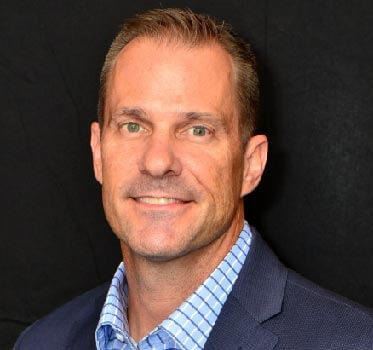You may feel like you have no problem failing because it feels like it comes so much easier than success. But have you dug deep into what you need to learn from failure to get to your next big success? This is a question that can transform your life if you allow it.
The issue isn't the failure itself. It's that we often don't understand the essence of failure; the lessons embedded in those hard knocks. Sandler's first rule simply states, "You have to learn to fail to win." It's not an oxymoron. It's a profound truth that many successful people understand.
Your reaction to situations not going as planned could be holding you back. If you think of epic failures as stepping stones to success, you'd see that you need to work on your emotional and mental bounce-back rate from any failure.
Continual Improvement
Some industries are very focused on continual improvement. In the software world, there's an approach known as agile development. In our context today, the details aren't extremely important, but one aspect is that developers using an agile approach focus on iteration and flexibility.
In other words, they fail fast and fail often so that they can succeed quicker.
One Sandler client who uses this approach said, "This allows us to get better, quicker feedback on where the project needs to head. It allows us to adapt the software to new business problems discovered during development."
Manufacturing is another industry where this is common. Six Sigma is a set of management techniques used in manufacturing intended to improve business processes continually. One Sandler client in manufacturing said he's often asked what happens to a person certified in Six Sigma once their project is done.
He answered, "There's always another change to be made."
These industries have embraced continual improvement. They do so by learning from failure. So what advantage would your sales, management, and customer service teams have if they adopted a similar approach?
Bounce Back Rate
One significant advantage is bouncing back from failure emotionally and mentally. That involves acknowledging the failure, understanding what led to it, learning from it, and moving forward.
This process builds resilience, fostering a mindset shift from fearing failure to embracing it as a learning tool. It also drives innovation as you seek new approaches, solutions, or ideas that may never have been discovered without failure.
Here are some practical strategies to enhance your bounce-back rate:
Journaling: Reflect on what led to the failure and how you handled it.
Self-care: Recovery is much more difficult if you're not taking care of yourself. Manage stress in ways that make sense for you but deal with it before it comes back to bite you.
Positive affirmations: Keep your self-talk positive. Remember, failure is not a reflection of your inherent worth but an opportunity to learn and grow.
Fail Fast, Fail Often
Another advantage is that you can accelerate learning by failing fast and failing often. By failing fast, we're not suggesting rushing into things blindly, hoping for success, or bracing for failure. Instead, it's about taking calculated risks, making quicker decisions, and pivoting promptly when things don't go as planned.
To fail fast, try these tactics:
- Set small, measurable goals: Setting and achieving smaller goals can help build momentum and resilience in the face of potential failures.
- Embrace feedback: Be open to feedback and willing to make necessary adjustments. The quicker you can pivot, the faster you can fail, learn, and move toward success.
Failing often, however, isn't about recklessness, but embracing resilience. It's a byproduct of frequently stepping outside your comfort zone and trying new things. Each failure is a lesson that brings you one step closer to your goal.
Here's an approach to adapt: Assess the risk, take action, gather feedback, adjust accordingly, and repeat. With this mindset, failure ceases to be an endpoint. Instead, it becomes a waypoint on the journey to success. It doesn't matter if you're navigating sales pitches or leadership decisions; this approach fosters growth, resilience, and eventual success.
Master this, and you're not just failing; you're failing forward and taking the wisdom from every fall and turning it into momentum for your next leap forward.

Clint Babcock
Clint has nearly 25 years of experience developing and directing organizations' recruiting and sales strategies, as well as coaching and mentoring "C-level" executives. His expertise is in training inside and outside consultative sales teams in new business development, profit and loss management, sales compensation, key account management, and product/service positioning. Specialties include corporate sales training, public speaking, hiring assessments, and business development structuring.






